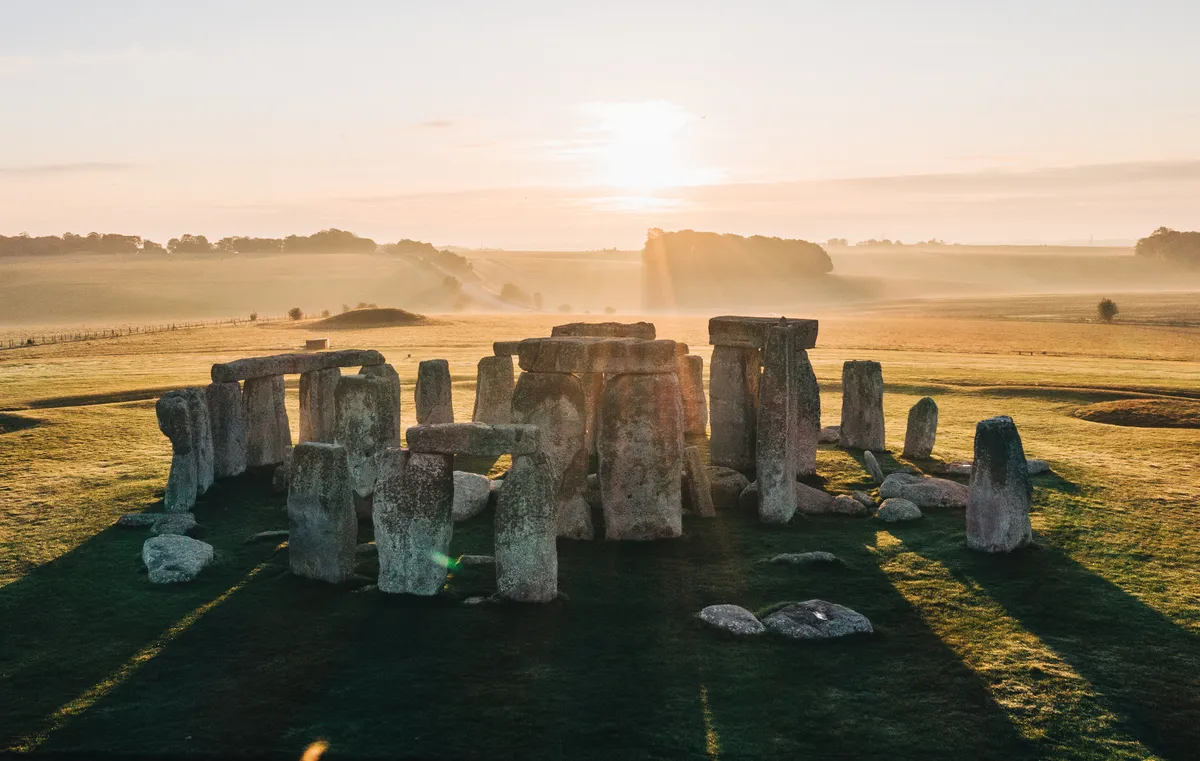New research has revealed that Stonehenge’s monumental Altar Stone, long believed to come from Wales, actually originates from Scotland.
According to a new study – led by Curtin University in collaboration with Aberystwyth University, The University of Adelaide and University College London – the six-tonne stone, partially buried at the centre of the iconic stone circle in Wiltshire, has a "distinct chemical fingerprint" that suggests it came from rocks in the Orcadian Basin, Scotland.
The age and chemical composition of minerals within fragments of the Altar Stone are also clearly different from Welsh bedrock, says the study.

Altar Stone origins
“Our analysis found specific mineral grains in the Altar Stone are mostly between 1,000 to 2,000 million years old, while other minerals are around 450 million years old,” says lead author Anthony Clarke from the Timescales of Mineral Systems Group within Curtin’s School of Earth and Planetary Sciences.
Clarke says this suggests the stone came from rocks in north-east Scotland, which raises "fascinating questions, considering the technological constraints of the Neolithic era, as to how such a massive stone was transported over vast distances around 2,600 BC."
The study holds personal significance for Clarke, who grew up in the Mynydd Preseli, Wales, where some of Stonehenge’s stones came from.
"I first visited Stonehenge when I was one year old and now at 25, I returned from Australia to help make this scientific discovery – you could say I’ve come full circle at the stone circle.”
From Scotland to Stonehenge
Study co-author Professor Chris Kirkland, also from Curtin University, says the findings have significant implications on our understanding of ancient communities, their connections, and their transportation methods 5,000 years ago.
“Our discovery of the Altar Stone’s origins highlights a significant level of societal coordination during the Neolithic period and helps paint a fascinating picture of prehistoric Britain,” says Kirkland.
“Transporting such massive cargo overland from Scotland to southern England would have been extremely challenging, indicating a likely marine shipping route along the coast of Britain.
“This implies long-distance trade networks and a higher level of societal organisation than is widely understood to have existed during the Neolithic period in Britain.”
Professor Richard Bevins (co-author) from Aberystwyth University says the findings counter what had been thought for the past century. “We have succeeded in working out, if you like, the age and chemical fingerprints of perhaps one of the most famous of stones in the world-renowned ancient monument.
“While we can now say that this iconic rock is Scottish and not Welsh, the hunt will still very much be on to pin down where exactly in the north-east of Scotland the Altar Stone came from.”
The study authors add that another unanswered question is exactly how (and why) the Altar Stone was transported from the very north of Scotland to Salisbury Plain in Wiltshire.

Find out more about the study: ‘A Scottish Provenance for the Altar Stone of Stonehenge’ will be published in the journal Nature.
Main image: Altar Stone, Stonehenge. Credit English Heritage
More amazing stories about the British countryside
